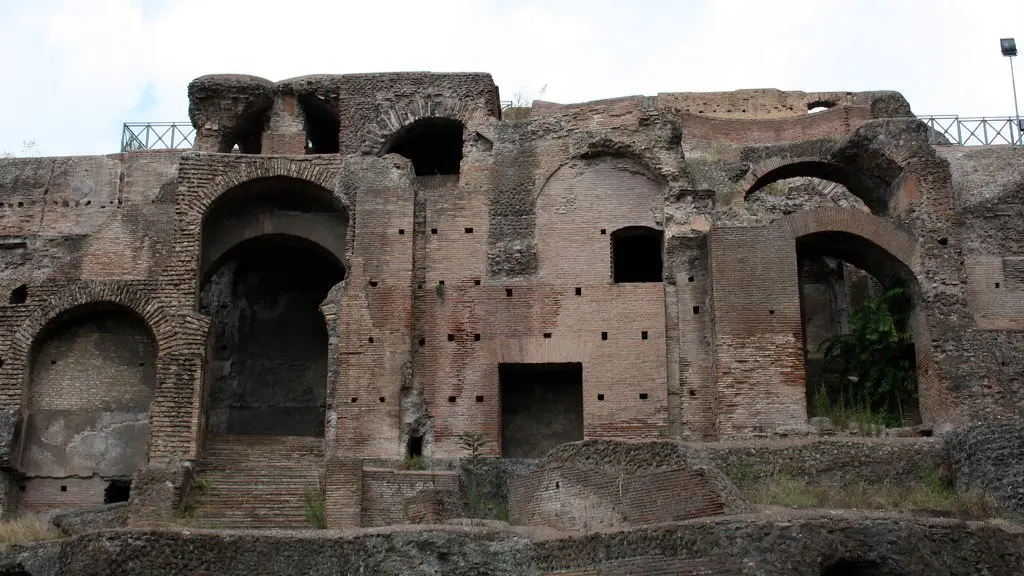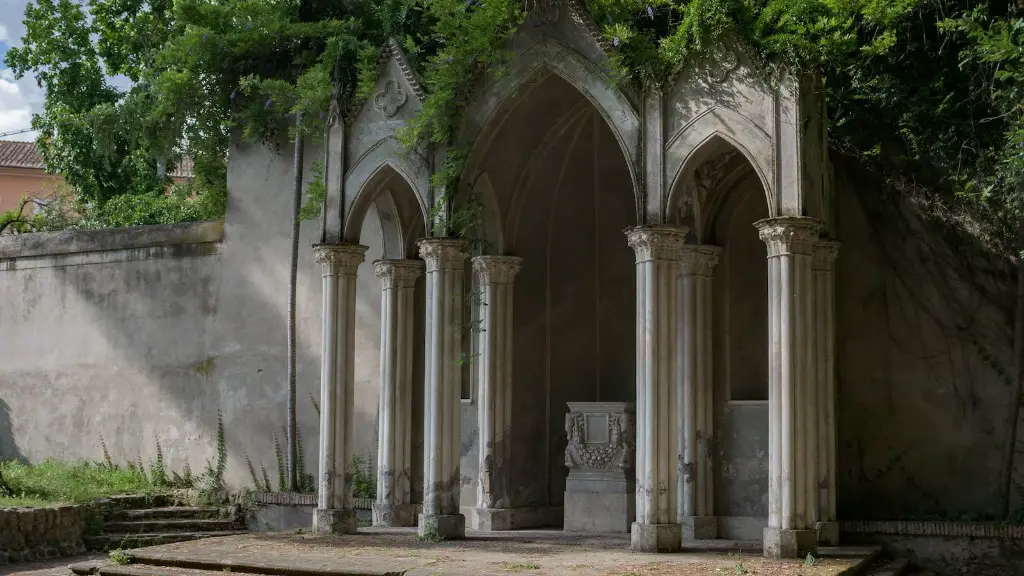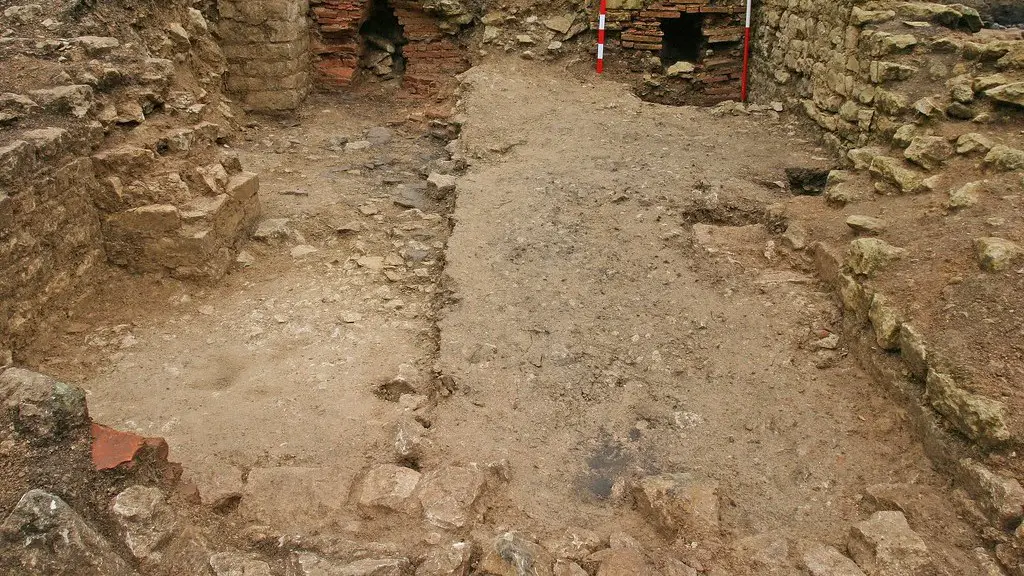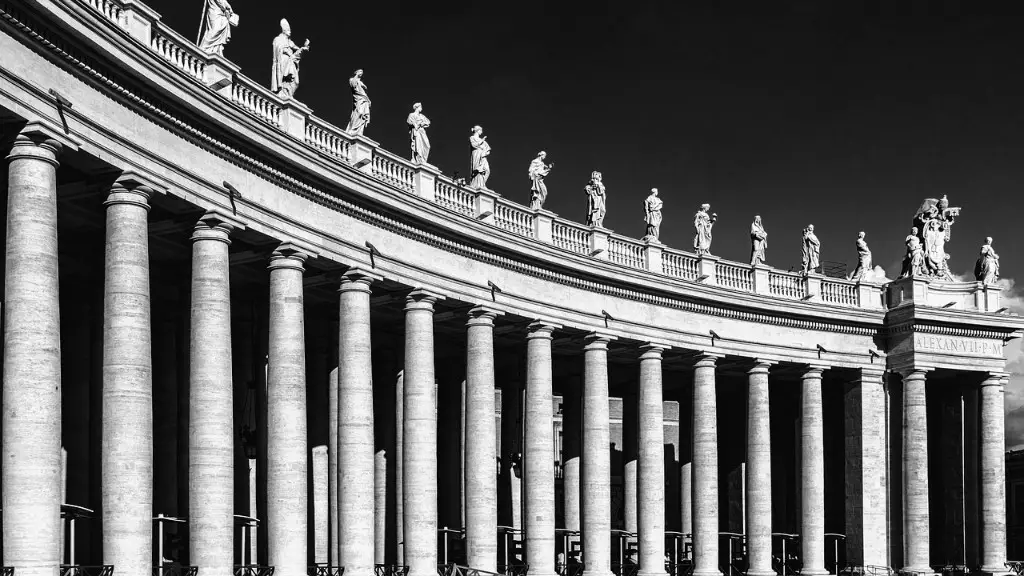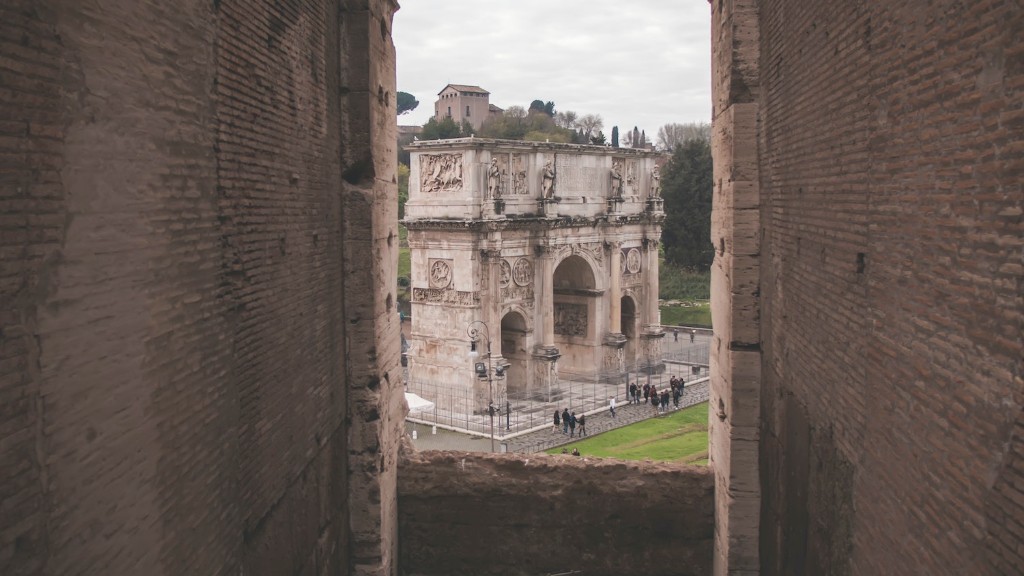Ancient Rome was a powerful city-state that once ruled over much of Europe, the Middle east, and parts of North Africa. Though it prospered for centuries and left behind a lasting impact on the world, it was also a chaotic and turbulent place to live. Ancient Rome, from its founding to its fall, was rife with crisis, civil war, and ultimately, its own destruction. But what was it like to live here? Let’s take a more in depth look into the daily life of the people who called this ancient city home.
Way of Life: Daily life in Ancient Rome revolved around the city-state and the people within it. Most citizens lived in apartment buildings known as insulae, or islands, where housing was often cramped and noisy. Despite their small size, these homes might include terraces, balconies, and gardens. Public baths, shopping markets, and open-air food markets surrounded the city, giving citizens access to goods from a variety of cultures.
Occupations and Trade: Most Roman citizens were poor, and so their primary daily concern was earning and sustaining a living. Tradesmen exhibited their skills by creating and selling products such as jewelry, clothing, furniture, and art. At the bottom of the rung were slaves, who were forced to perform tedious and dangerous labor. Those who had the means to rise above their station in life could join the ranks of the nobility, who commanded armies and owned large estates.
Political and Social Life: Ancient Roman life was heavily governed by rules set by political leaders and the Senate, who held an immense amount of power. Citizens could participate in the political process by attending public assemblies, voting in elections, and occasionally serving as treasury or military officers. The upper class of society, including aristocrats and high-ranking politicians, also enjoyed a certain level of luxury and privilege. But the majority of citizens lived a life of crushing poverty.
Culture and Entertainment: Ancient Rome was a place of culture and entertainment, even among the proletariat. Theatre, art, music, mythological plays, and gladiator contests were a few of the popular diversions for Romans of all classes. Although these activities were largely off-limits to slaves, they were well-liked by the lower class, who often sought to escape the harsh realities of their everyday lives with a few hours of leisure.
Education in Ancient Rome
Education in Ancient Rome was often restricted to the ruling classes, while ordinary citizens had to rely on apprenticeships and informal schooling. For those fortunate enough to receive an education, expectations often centered around practical life skills rather than abstract knowledge. Schools were limited in number and were only frequented by the wealthy and powerful of Rome. Reading, writing, and arithmetic were among the few subjects taught in the higher schools, as well as politics, law, and rhetoric.
Most instruction was spread orally through memorization techniques and lectures. Schools often focused on teaching students to become polished and eloquent speakers, able to debate and erect persuasive arguments. Critical thinking and creative problem-solving were not highly valued in Roman education; rather, it was expected that students would simply adhere to the values of the Republic.
Earning degrees in law and literature conferred great prestige, and were highly sought-after by the well-to-do of ancient Rome. Spartacus, the famous gladiator and freedom-fighter, attended university to study literature, rhetoric, and military strategy before his life as a slave. Students wishing to pursue a career in medicine often studied with a single teacher until they could practice independently.
Education was a privilege, rather than a right, in Ancient Rome. Although it was a major factor in the eventual fall of the Republic, its existence ultimately allowed for a certain level of cultural and societal development.
Healthcare in Ancient Rome
In Ancient Rome, healthcare was only accessible to those with the means to pay for it. For the common citizens, holistic and home-based remedies were far more prevalent than professional care. Various herbs, roots, and animal ingredients were popular remedies for many common ailments, often administered by midwives and healers who obtained their knowledge through generations of oral tradition.
Medical professionals, or doctors, were few and far between and could be both expensive and hard to come by. Displays of outlandish treatments, such as bloody surgeries and dissection of animals, were held in arenas in order to entertain the public. These shows gave the illusion that doctors in Ancient Rome had already mastered the principles of medicine and anatomy, but this was far from the truth.
Rather than dedicating themselves to the study of medicine, many doctors prospered by providing the upper classes with dubious medical treatments, herbal concoctions, and even potions marketed as cures for a range of ailments. Despite the fact that medical science was still in its infancy during this period, many Roman citizens still placed their trust in these doctors, hoping for a miracle cure.
Religion and Daily Rituals in Ancient Rome
The Roman Empire was home to a diverse range of religious practices and traditions. Roman religion was polytheistic in nature, with its chief deities representing the sun, fire and storm gods, and the infamous Roman emperors believed to be divine themselves.
Religious practices, festivals, and rituals were an important part of Roman life and were heavily embedded into its culture and everyday life. Citizens believed in honoring the gods through sacrifices, converting their own faults and sins into offerings, and attending temple ceremonies. Superstitions and omens were prevalent, and priests were venerated as intermediaries between the gods and humans.
Religious beliefs and practices often bled into the political sphere, with important laws, constitutions, and customs often connected to religious belief and divine will. The Religious Fragments reveals the many relationship between religious life, civic life, and daily rituals in Rome.
Summary And Impact of Ancient Rome
In the time span of centuries, Ancient Rome rose and fell, leaving behind a long-lasting impact on the world. Its vast network of trade routes and laws, combined with its rich culture and craftsmanship, constantly reminded its citizens that they were indeed part of a vast empire.
Ancient Rome was ultimately destroyed by its own citizens, but its legacy lives on through the many aspects of our lives that are still influenced by those who experienced life in this ancient city-state. So while Ancient Rome ultimately ended in ruins, its indelible mark on the world can still be seen in the many daily experiences of our own lives.
Fashion in Ancient Rome
Fashion in Ancient Rome was based on two distinct social statuses: the patrician class and the plebeian class. Patricians were the upper-class citizens, and their clothing was distinguished by its luxurious fabric, elaborate adornments, and vibrant colors. Plebeians, on the other hand, faced more restrictions in terms of the fabrics and color combinations they could wear.
In terms of clothing, the upper class was highly expressive of their status. Men usually wore a toga, a long, draped garment made from cloth, while women’s clothing was often tight-fitting and often embellished with jewels and pearls. Clothing was also worn to express emotions, such as mourning or joy, with blue and white being the primary colors.
Shoes were also important in Ancient Rome, with the patricians favoring sandals made from fine leather, while the plebeians typically wore sandals made from less expensive materials. Jewelry was also popular, with gold and precious gems being among the most popular pieces. Both men and women could also carry around fans or umbrellas to protect themselves from the sun’s rays.
Food and nutrition in Ancient Rome
Food in Ancient Rome was dictated largely by the city’s socio-economic status. Most meals were simple and comprised of items like bread, cheese, olives, and figs. The wealthiest citizens enjoyed imported delicacies such as exotic fruits, nuts, and spices. And while the main staple was grain, the wealthy could also enjoy pork, beef, and other meats that were more difficult to obtain by the lower classes.
Ancient Rome was also known for its wide range of culinary customs and innovations. Baking and roasting were two of the most popular cooking techniques, but Ancient Rome also made use of clay pots, fire pits, and ovens in order to create a variety of dishes. Even sauces and condiments were an important part of Roman cooking, often made from flavorful combinations of herbs and spices.
Despite its export of goods, Ancient Rome still had to import food in order to feed its citizens. In addition, the threat of famine was a constant worry for many of its poorer citizens. Despite their efforts to feed the masses, Ancient Rome was still hampered by corruption, mismanagement, and the inability to provide a reliable food supply.
